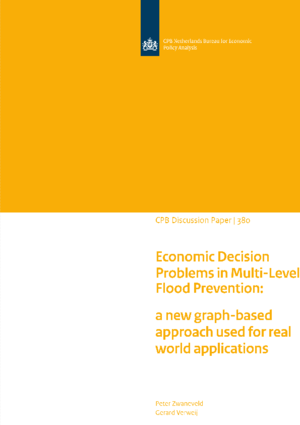Economic Decision Problems in Multi-Level Flood Prevention: a new graph-based approach used for real world applications
Our model is developed for and applied to important policy decisions in the Netherlands for the Lake IJssel and Lake Marken region. Two barrier dams together with the dikes surrounding these two lakes protect a large part of the Netherlands. The area contains 17 dike ring areas, including the City of Amsterdam. Our model and application shows the importance of taking into account dependencies between dikes and barrier dams. The results of our model were used for major Dutch flood protection policy decisions, i.e. the decision how to control the water levels in Lake IJssel and Lake Marken and what economic efficient flood protection standards apply to barrier dams and dikes. Dependencies between barrier dams and dike rings have a large impact on economically optimal flood standards. On the basis of our model, the Dutch government has decided not to increase the water level of Lake IJssel with up to 1,5 meter. This saved both the current landscape around Lake IJssel and billions of euros in coming decades.
Authors

